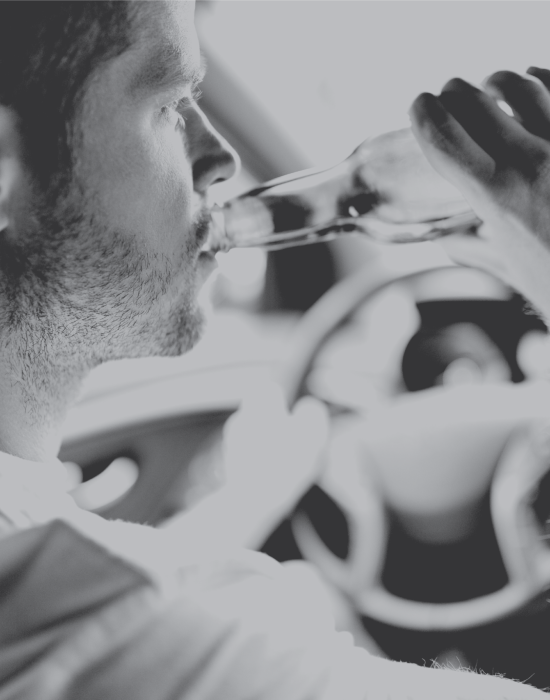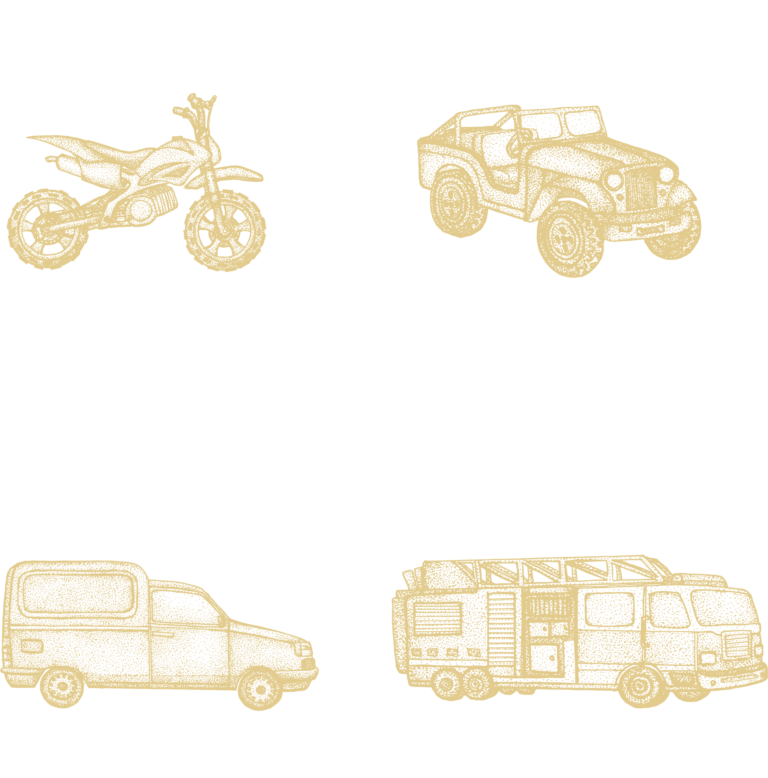Drunk Driving Statistics 2023
How Dangerous Alcohol-Impaired Driving Really Is

To this day, alcohol-impaired driving is still one of the most dangerous safety issues on U.S roads. Every day, about 32 people die in alcohol-impaired crashes, and about 921 get injured. Moreover, about 3 in 10 Americans will be involved in an alcohol-related crash at some point in their lives.
The latest National Highway Traffic Safety Administration data show that in 2020, 11,654 lives were lost due to alcohol-impaired crashes. This is an increase of 14.3% from the previous year and the most deaths recorded since 2009.
Thankfully, the authorities have made decent progress in reducing such crashes. While 40 years ago, almost half of the traffic deaths involved alcohol-impaired crashes, now it is down to one-third.
Michael & Associates gathered the latest United States drunk driving statistics that explain the magnitude of the problem.
Key Takeaways
- In 2020, 11,654 people lost their lives in alcohol-impaired fatalities.
- Since 1982, drunk-driving fatalities on our nation’s roadways have decreased by 45%.
- Montana, Rhode Island, and Connecticut have the most alcohol-impaired fatalities.
- For every female alcohol-impaired driver, there are four male alcohol-impaired drivers.
- The 25-34 age group causes the most alcohol-impaired fatalities.
- 58% of alcohol-impaired accidents happen in urban areas.
General Statistics
Alcohol-impaired fatalities increased by 14.3% from 2019 to 2020, more than twice as much as the increase in overall fatalities (6.8%). Overall, drunk-driving fatalities increased by 18.13% over the past decade.
The alcohol-impaired-driving fatality rate has also increased by 21% over the past 10 years, jumping from 0.33 in 2011 to 0.40 in 2020. Additionally, the alcohol-impaired-driving fatalities national rate went up from 0.31 per 100 million vehicle miles traveled in 2019 to 0.40 in 2020.
Below, we take a close look at the total number of alcohol-impaired fatalities over the past decade.
Drunk-Driving Fatalities Over the Years
Drunk-Driving Fatalities by State
All 50 states, including the District of Columbia and Puerto Rico, have a threshold of making it illegal to drive with a BAC of .08 g/dL or higher. Still, alcohol-impaired fatalities increased by 14.3% from 2019 to 2020.
However, if we take a closer look at the overall alcohol-impaired fatalities over the past 40 years, it can be noted that such fatalities on America’s roadways have decreased by 45%.
Unfortunately, alcohol-impaired accidents continue to happen all over the country. Out of these deaths, the most occur in Montana, Rhode Island, and Connecticut. According to the latest NHTSA data, these states have had the highest number of alcohol-impaired deaths in recent years.
Drunk-Driving Fatalities by Gender
In 2020, there were 4 male alcohol-impaired drivers involved for every female alcohol-impaired driver

Drunk-Driving Fatalities by Age
Drunk-Driving Fatalities by Vehicle Type
Regarding the vehicle type involved in these accidents, 27% of alcohol-impaired drivers were on a motorcycle, 23% were drivers of passenger cars, whereas 19% were light-truck drivers. Large truck drivers, on the other hand, had the lowest percentage of alcohol-impaired fatal crashes (3%).
Moreover, four out of ten people killed are not the intoxicated driver, but their passengers or people in other vehicles.

Where and When Are Drunk-Driving Fatalities Happening?

Alcohol-impaired accidents are more likely to happen in urban than in rural areas, with the first making up 58% of all drunk-driving fatalities in 2020. The fact that the majority of these fatalities happen in cities is also related to the higher number of vehicles in those settings.
Determining when drunk-driving fatalities happen is essential in finding out the overall risk and taking measures to make the roads safer. According to the NHTSA, the majority of deaths occurred in the dark (68%).
Moreover, alcohol-impaired drivers are involved in fatal crashes during the weekend almost twice as much as during weekdays.
Another worth-mentioning fact is that 41% of fatal accidents that happen during holidays include alcohol-impaired driving.
Economic Costs for Drunk-Driving Crashes
NHTSA estimates that accidents involving alcohol cost Americans nearly $44 billion in damages each year. Included in the economic costs are:
What Can We Do to Help?
Alcohol-related deaths on U.S. roads have decreased due to multiple measures such as minimum drinking age laws and high-visibility enforcement. According to NHTSA, for over 40 years, minimum drinking age laws have saved more than 31,000 lives.
However, there’s still to be done to increase U.S. road safety, considering that alcohol-impaired drivers involved in fatal crashes were 4 times more likely to have prior DWI convictions than drivers with no alcohol (8% and 2%, respectively). Moreover, each day, about 300,000 people drive drunk, but only 3,200 get arrested.
You can also contribute to saving lives. Here is what you can do:
- Don’t drink and drive. Instead, call a taxi or a sober friend.
- If you plan to drink, choose a non-drinking friend as your driver.
- If someone you know has been drinking, keep them away from driving.
- If you see an alcohol-impaired driver, call your local police.
- Wear a seatbelt to protect yourself from alcohol-impaired drivers.












